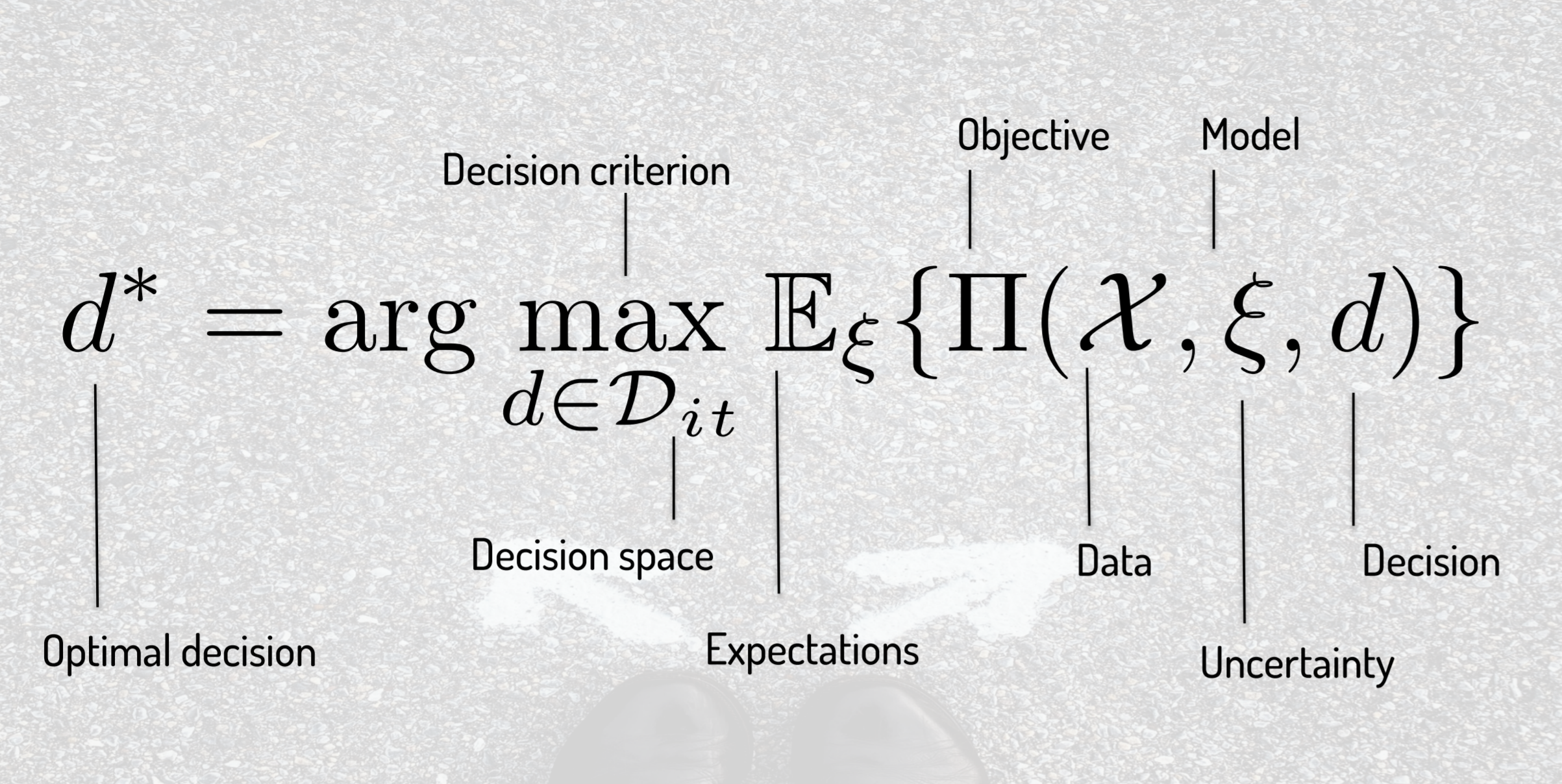Notes on Business Concepts
KPI
Conversion rate
Click-Through Rate (CTR)
ROI
Leadership/Communciation/Soft Skills
Medium: Most Essential Skills for Data Scientists
Mindset
Read every day; Embrace change; Compliment; Forgive others; Talk about ideas; Continuously learn; Accept responsibility for failures; Have a sense of gratitude; Set goals; Develop life plans
Data Policy
-
Ethics
-
Data governance
-
Capability that enables an organization to ensure that high data quality exists throughout the complete lifecycle of the data
-
Focus areas of data governance include availability, usability, consistency, data integrity and data security
Algorithmic Marketing
Relevant Textbook: Introduction to Algorithmic Marketing: Artificial Intelligence for Marketing Operations
Articles:
HBR: You Need an Algorithm, Not a Data Scientist
HBR: The Perils of Algorithm-Based Marketing
Decisions and Algorithms
-
“An algorithm is any well-defined computational procedure that takes some value, or set of values, as input and produces some value, or set of values as output.” —CLRS Algorithms Textbook
-
“Algorithmic marketing refers to the use of computational methods to make, implement, monitor or improve marketing decisions based on available informational inputs.” —Sanjog Misra
-
A decision is an algorithm that outputs choices as a function of inputs to attain a goal (d = f(outcome, choices, models, data…)).
-
Building algorithms and softwares at scale to make decisions automatically, rather than people make decisions and repeat the process. (HOTW: “hands off the wheel” @ Amazon)
-
Prediction != Decision (Prediction relies on finding patterns in the ast data; Decision is much more complex and uncertain)
-
Steps: Objectives -> Theory -> Model -> Data -> Methods -> Implementation -> Monitoring -> Adaptation
(Chicago approach: Theory before the Model and Data)
- Example:
Objective: max profits
Theory (Data Generating Process):
- \[\pi = R - C = P*Q-MC*Q-FC = (P-MC)*Q(P...)-FC\]
- Consumers maxmize utility when making choices
Model: Demand function/Discrete choice, \(Q = a+b*P+\epsilon\)
(In marketing, we are interested in predicting a and b, as they tell us how P changes Q)
Data: Collect data on price experiments
Methods: Optimization

Ex. Find the optimal price
pstar = function (a=10, b=-2, mc=1){
# Quantity Demand Function
q = function(p){return(a+b*p)}
rev = function(p){return(p*q(p))}
cost = function(p){return(mc*q(p))}
profit = function(p){return (rev(p) - cost(p))}
result = optimize(profit, lower=1, upper=10, tol=1e-10, maximum = TRUE)
pstar = result$maximum
return(pstar)
}
# Call the function
pstar()
# optimal price is 3
curve(profits, 1, 10)
# Find Minimum
res = optimize(profits,interval=c(1,10), maximum=TRUE)
# Plot that point
points(x=res$maximum, y=res$objective,pch=19,col='red',cex=1.5)
# Stimulate data
set.seed = 1000
N = 1000
ps = runif(N) # prices as uniform random number between 0 and 1
qs = 10 - 2*ps + rnorm(N)
out = lm(qs~ps)
summary(out)
cf = coef(out)
pstar(cf[1], cf[2], 1)
# optimal price is 2.94
Digital Audiences
Look-alike Model
the people-based method of targeting prospects who are the most like your best customers
Adv over traditional targeting: Use ML models to predict customers’ values instead of just demographic variables
Recommendation Systems
Matching Algorithms
Personalization & Content Optimization
Programmatic Advertising
Demand side platform (DSP)
Real time bidding (RTB) auction
Targeting and Retargeting
Price Customization
Multi Touch Attribution
Marketing Strategy
4P
Price, Product, Place, Promotion
3C
Comapny, Customer, Competitor
Attribution
Ex. improve attribution models and measure incremental lifts
Segmentation
Response modeling
User engagement
Conversion
Churn Prediction
Propensity
Customer Life Time Value
RFM (customer value)
Funnel conversion
Reactivation model
Bass Model
Consumer Choice Model
Conjoint Analysis
Price elasticity models
Competitive intelligence
Market Research
Interviews
Task-based usability testing
Focus groups
Consumer satisfaction
Supply chain / logistics
Network optimization
Inventory optimization
Product flow analysis
Operations planning
Production planning
Vehicle route optimization
Discrete event simulation
Financial accounting
Behavioral Economics/Consumer Behavior
Heuristics and Biases
Prospect Theory
-
Also known as “loss-aversion theory”
-
Psychological theory of decision-making under conditions of risk
-
Original paper: Kahneman and Tversky, 1979 in Econometrica
-
For investors:
-
The prospect theory says that investors value gains and losses differently, placing more weight on perceived gains versus perceived losses.
-
An investor presented with a choice, both equal, will choose the one presented in terms of potential gains.
-
The prospect theory is part of behavioral economics, suggesting investors chose perceived gains because losses cause a greater emotional impact.
4.The certainty effect says individuals prefer certain outcomes over probable ones, while the isolation effect says individuals cancel out similar information when making a decision.
From Investopedia-Prospect Theory
Reference-Dependent Preferences
when utility from an outcome depends on comparisons to relevant “reference levels” or “reference points.”
Loss Aversion
people dislike losses relative to the reference point more than they like same-sized gains.

Leave a Comment